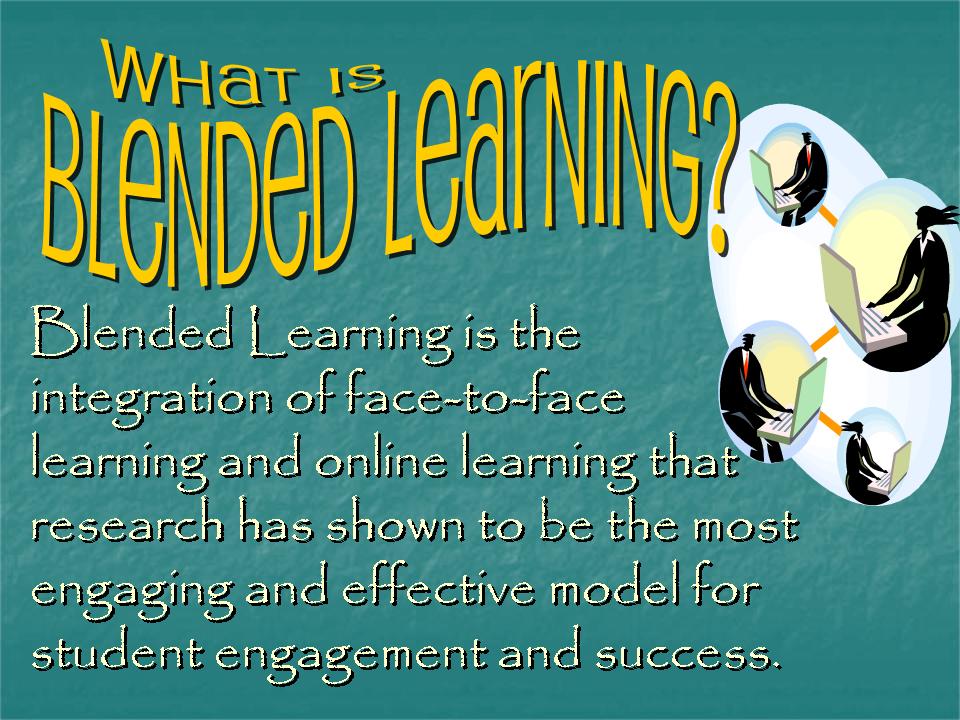OTAN News
Steps for Successful Blended Learning
 "Powerpoint Slide: 'Blended Learning Explained'"
"Powerpoint Slide: 'Blended Learning Explained'"
by Ken Whytock is licensed under CC BY-NC 2.0
We know that adult education agencies are thinking about how to maintain an online component in their instructional programs as we return to our brick-and-mortar classrooms. The last 15 months have shown that there are students who thrive in the online learning environment and appreciate having online learning as an option because it fits into their busy adult lives with work, family, and other commitments, as well as helping them overcome barriers to learning like securing childcare and transportation.
In the quick transition to online learning in March 2020, schools were not able to thoroughly explore all of the best practices for online learning, doing their best to remotely connect with students and get classes back up and running. Over the past school year, teachers have learned a lot about how to optimize online learning and create good learning environments for students to succeed. Now, as we face the prospect of returning to the building, what are we going to bring with us and integrate into our practice?
We are seeing a slew of articles on blended and hybrid learning, and we hope to explore these concepts more in the coming weeks. This article entitled Continuing blended learning in the fall? Keep these 9 steps in mind for success gives us nine things to consider as teachers consider creating a blended learning environment.
-
Start with a rallying cry – Determine what issues blended learning can solve first before considering the technology; for example, blended learning can help students with barriers continue their studies.
-
Assemble a team – Think about the key instructional and administrative staff members who can work on successfully designing and implementing blended learning.
-
Motivate students – Blended learning should help students and not be a hindrance, so design blended learning opportunities that motivate students to learn; gather student input as you're creating so that student needs and interests are considered.
-
Elevate teaching – Successful blended learning is vitally dependent on the relationships between teachers and students. Plan on how to support teachers in their different roles (in-person, online, etc.).
-
Choose the technology – With so many tools available, have discussions about the specific tools that are going to work the best for your populations and the functions you want to address.
-
Design the classroom – Now is a great time to reconsider what the classroom should look like to accommodate blended learning situations. Blended learning should be more "guide on the side" rather than "sage on the stage," so what does this classroom look like?
-
Choose the model – The Blended Learning Universe website is a great place to understand the variety of blended learning models that exist.
-
Create the culture – Blended learning helps in the shift to student-centered learning, so make sure to create a culture that supports this shift.
-
Refine and iterate – Create a blended learning environment is a process that takes time. Keep an open mind when considering the various components to create a system that will work for the most people.
We also invite you to read Eric Sheninger's article A Path to Equity which argues that blended learning is a way to create more equitable educational environments, with some suggested instructional activities typical of blended learning classrooms.
If you need help with these ideas and blended learning, please reach out to us at support@otan.us or call us at 916-228-2580. We are happy to work with you as you design blended learning at your agency!

